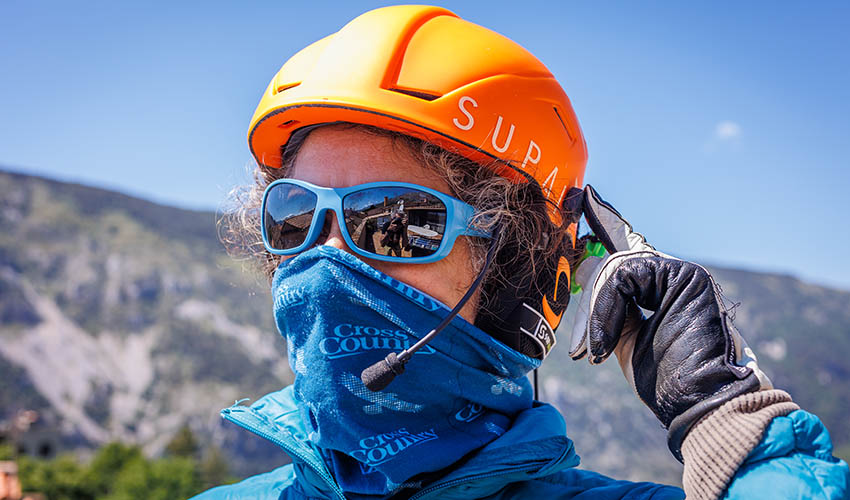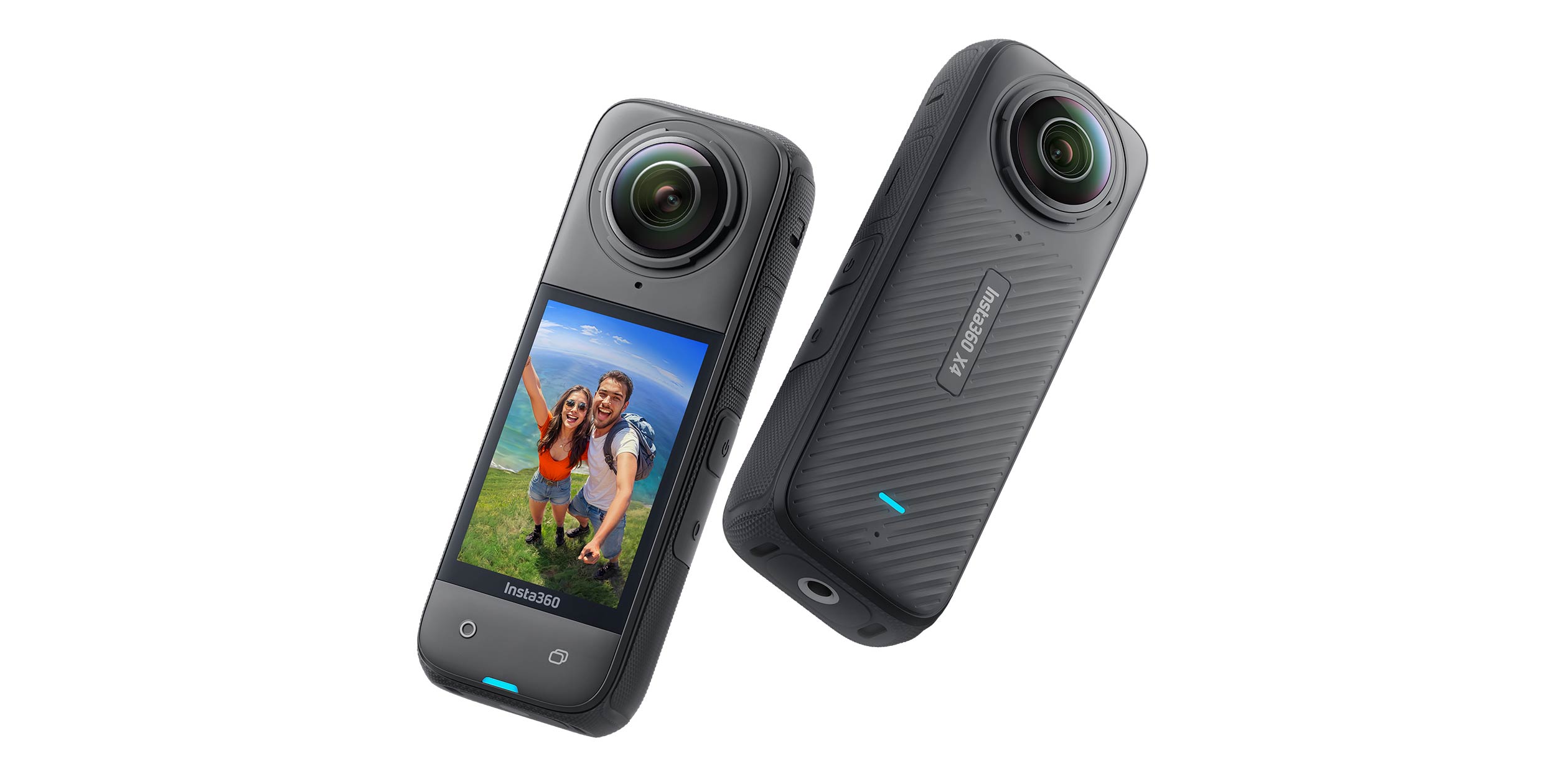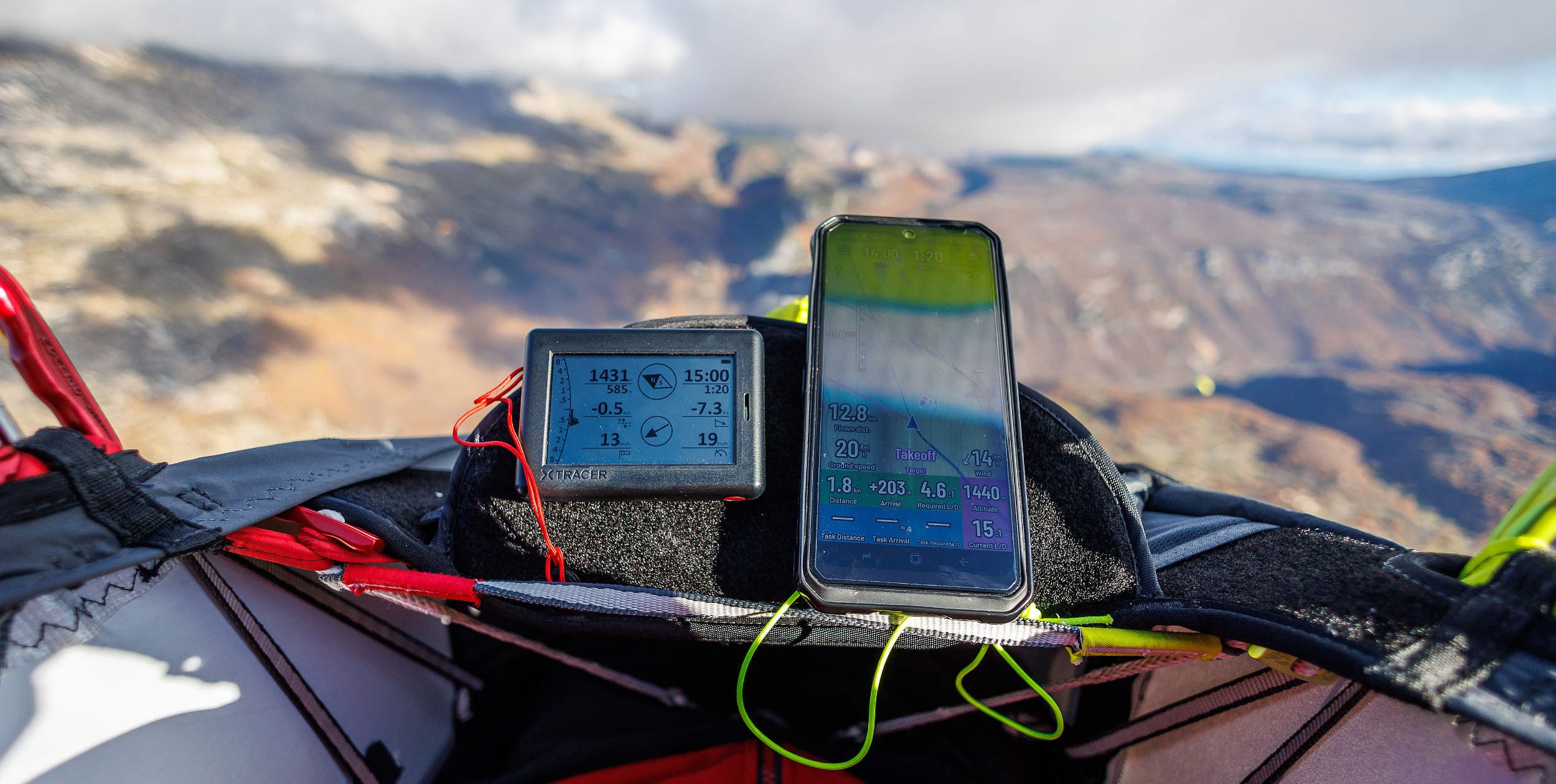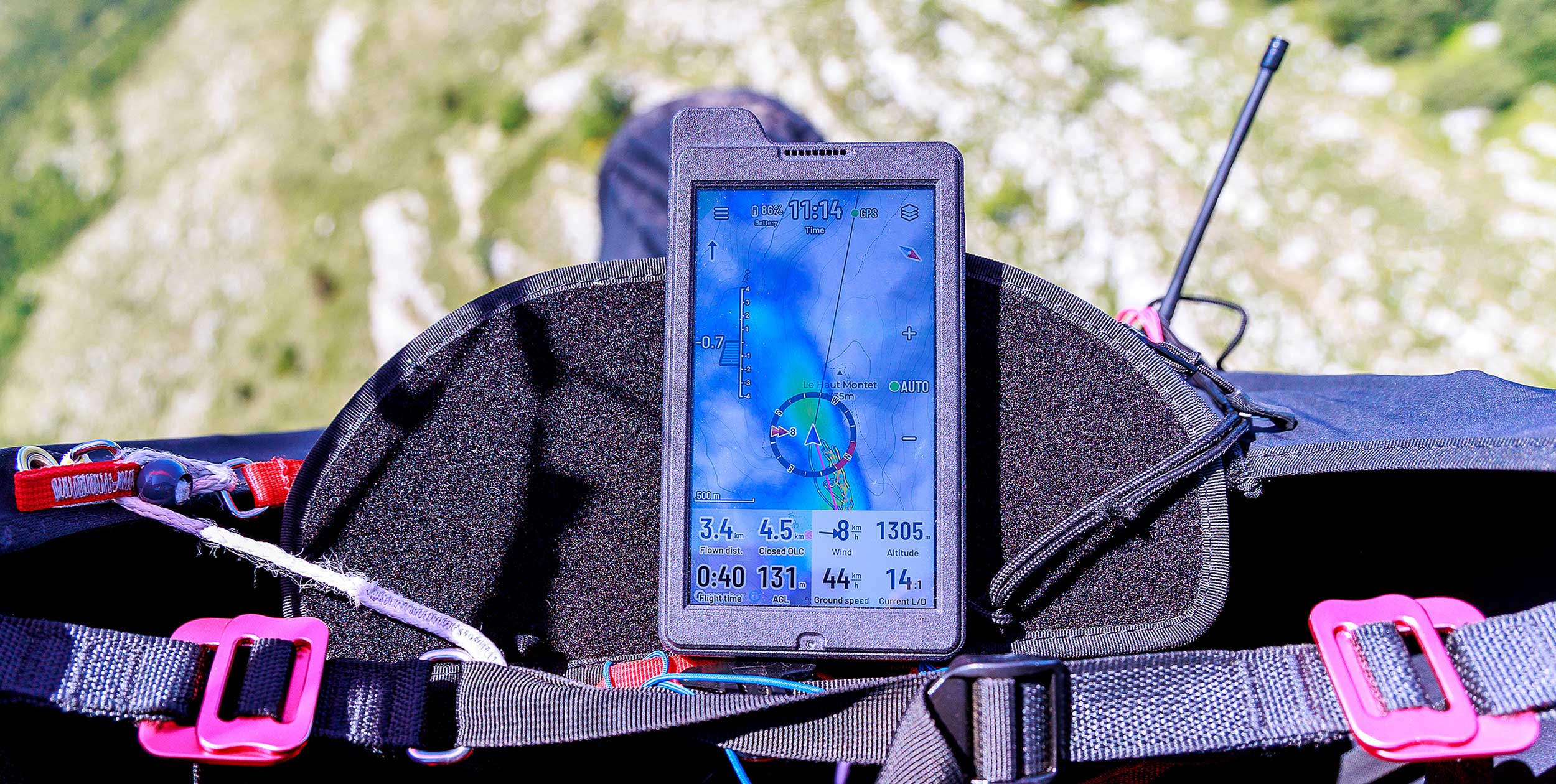We’ve all been there: in a scratchy thermal, trying to climb out, tuning into the sound of your vario, focusing hard when … damn… what’s that bloody sound? It’s your radio and it’s transmitting someone else’s noise, interrupting your focus and adding stress to what is already a hard-enough situation.
No one wants to be ‘That pilot’ who spends their whole flight transmitting by mistake. Besides being annoying it’s also a safety issue – pilots who need to use the radio for real can be blocked from doing so.
So, as the Spring warms up in the northern hemisphere and we all start getting out there, here are some top tips on how to manage your radio.
Keep it charged
If you are flying with a radio make sure it is charged the night before. Even if you haven’t used it the day before radios have an irritating habit of getting turned on in bags, double check.
Don’t be that person
Make sure your radio is not in a place where you can accidentally push the transmit button. Don’t use VOX (voice-operated exchange) as the wind noise and your instruments will constantly activate it. Pilots constantly transmitting are annoying and become a safety issue in case of an incident.
Minimise wind noise
If you use the radio on its own, without a headset, then make sure it is easy to grab and remember that the built-in mic will pick up a lot of wind noise. To minimise wind noise use a quality headset with an easily accessible push to talk (PTT) button. We recommend this one.

A push-button on your helmet can help reduce the chances of accidentally transmitting. Photo: Marcus King
Do a radio check
On launch once you are all clipped in make sure you check your radio. Ask a friend to do a radio check, if you they don’t hear you or you don’t heat their reply check your volume and connections before trying again.
Slow down
When you want to transmit on the radio remember to slow down a bit. Think about what you want to say then: press-and-hold the PTT for a second, speak, wait a second, then and release.
Press then talk
A common mistake is to start to talk before the transmit button is engaged. That way only half the message is received. Make sure to press then talk.
Keep it brief
Even if you are only flying with friends keep your exchange to only necessary information don’t just chat. If pilots are irritated listening to the radio they tend to switch it off which can then become a safety issue.
Know your location
In the air, a typical good radio transmission between pilots will be succinct and will include location by distance and height. For example: “This is Joanna. I am 10km east of launch at 1,200m. Crossing the lake now with Jim.”
State your intention
Radios facilitate XC decision making. It saves a lot of chat if you can share your intention first, and check the other’s opinion. For example, “Jim, this is Joanna. I favour gliding to the cumulus at our 10 o’clock as the one dead ahead is decaying. Do you agree?”
Share average climb rates
Saying “got something!” or “good here” is fairly meaningless. Wait until you are established in a climb, then call out the averaged climb rate (over 20 seconds): for example, “Joanna to Jim, 2 metres average, 1 km ahead of you.”
Know the shorthand
If you cannot reply, a quick double-click is the internationally understood signal for “yes”. A single-click means “no” or “negative”. Three clicks is “repeat your message.”
Practice
Use the radio on the ground and get to know it before you use it in the air. Know how to operate it, including setting volume and switching channels. You’ll avoid all the classic errors of radio communication.
Know the law
Some countries require radio users to have a licence. In some countries it is illegal to use two-metre radios in the air or a licence maybe required. The so-called LPD and PMR frequencies are usually free for individual use, but radios using these frequencies usually have much shorter range and are more sensitive to interference. Before using a radio make sure you are aware of the regulations in the country you are flying.








